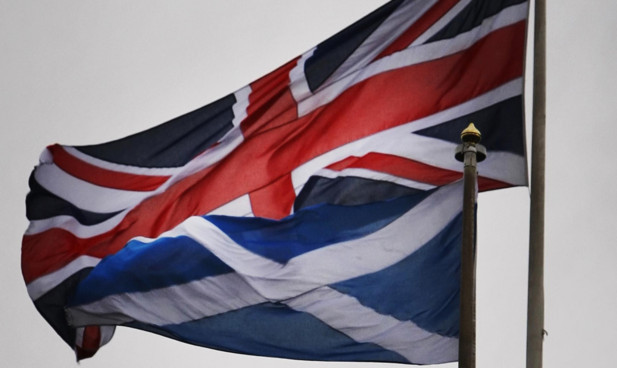A major new paper setting out how the Scottish Government believes independence could boost the country’s economy will be unveiled in Dundee this morning.
First Minister Alex Salmond and his Finance Secretary John Swinney will reveal the new document during a visit to the city.
The release of the report comes just one week before the Scottish Government publishes its white paper on independence.
Today’s report will set out the economic powers Scotland could gain if the country votes to leave the UK in next year’s independence referendum, along with how the Scottish Government believes these could be used to increase economic growth and create jobs.
Mr Swinney has already said it will “provide a detailed analysis of Scotland’s economic position and the range of economic policies that any future government of an independent Scotland could use to create a stronger and more prosperous Scotland”.
He stated that the “tools of independence” could be used to develop policies to fit Scottish circumstances rather than “having to deal with a misguided one-size-fits-all approach from Westminster governments that doesn’t suit Scotland’s needs”.
Speaking ahead of the launch Mr Swinney said: “Scotland can more than afford to be an economically successful independent country. We have huge natural assets and talent, which are being held back by Westminster’s economic policies – and the essential point of independence is to equip Scotland with the competitive powers we need to make the most of our people, our abilities and our natural resources in the best interests of the people of Scotland.
“Scotland is a wealthy country. In each of the last 30 years we paid more in tax per head than the rest of the UK combines. We have vibrant industries in areas such as life sciences, renewable energy, tourism and financial services but we have too many people who are not feeling the full benefit of that wealth.
“The key difference between Scotland and better performing independent European countries is that they have the ability to set economic policy in their own interests while economic policy in Scotland is determined by the one size fits all policies of Westminster.
“With independence we can bring together the full range of powers we need to improve economic growth, build a more secure future for Scotland and tackle inequality across society.”
Today’s paper will state that if the Scottish economy had grown at the same rate as other small, independent nations between 1977 and the start of the recession in 2007, GDP per capita would be 3.8% higher than it is now the equivalent of £900 per person.
But Mr Swinney is likely to be asked how his figures square with a new Institute of Fiscal Studies report that found falling oil revenues and an ageing population would create tougher economic choices for an independent Scotland than the UK as a whole.
